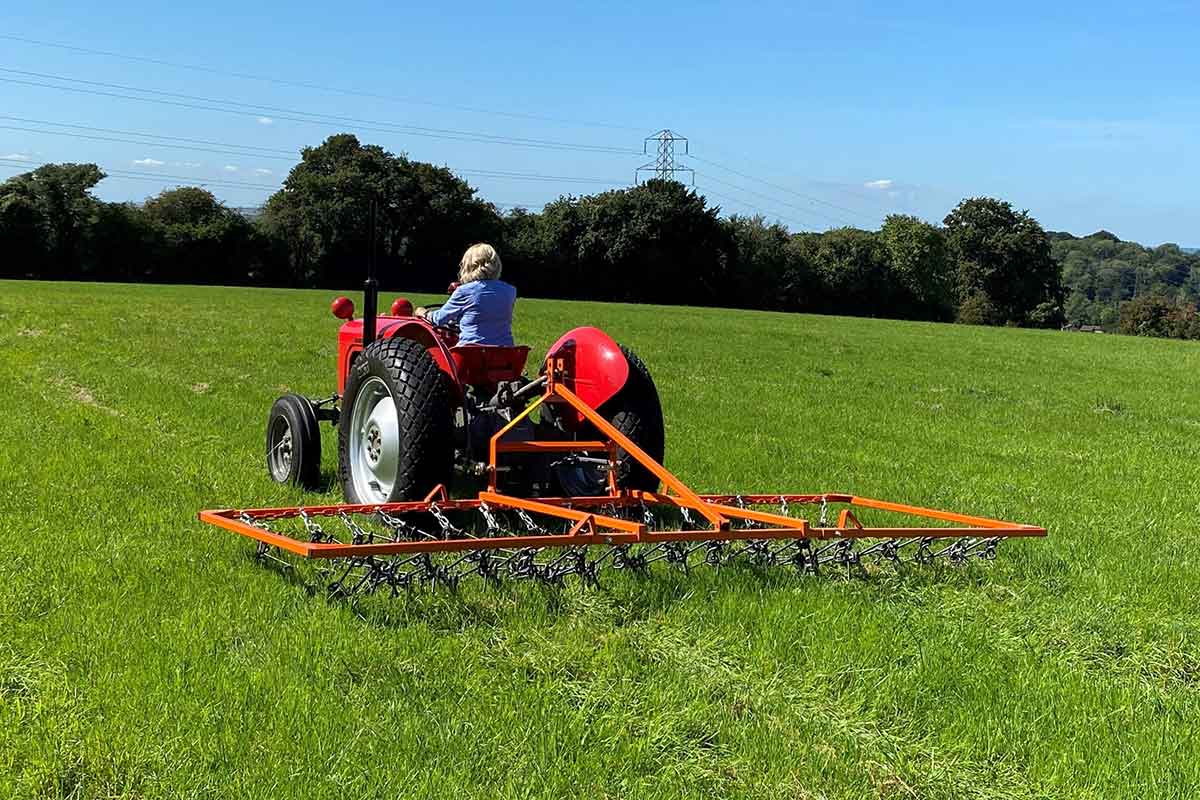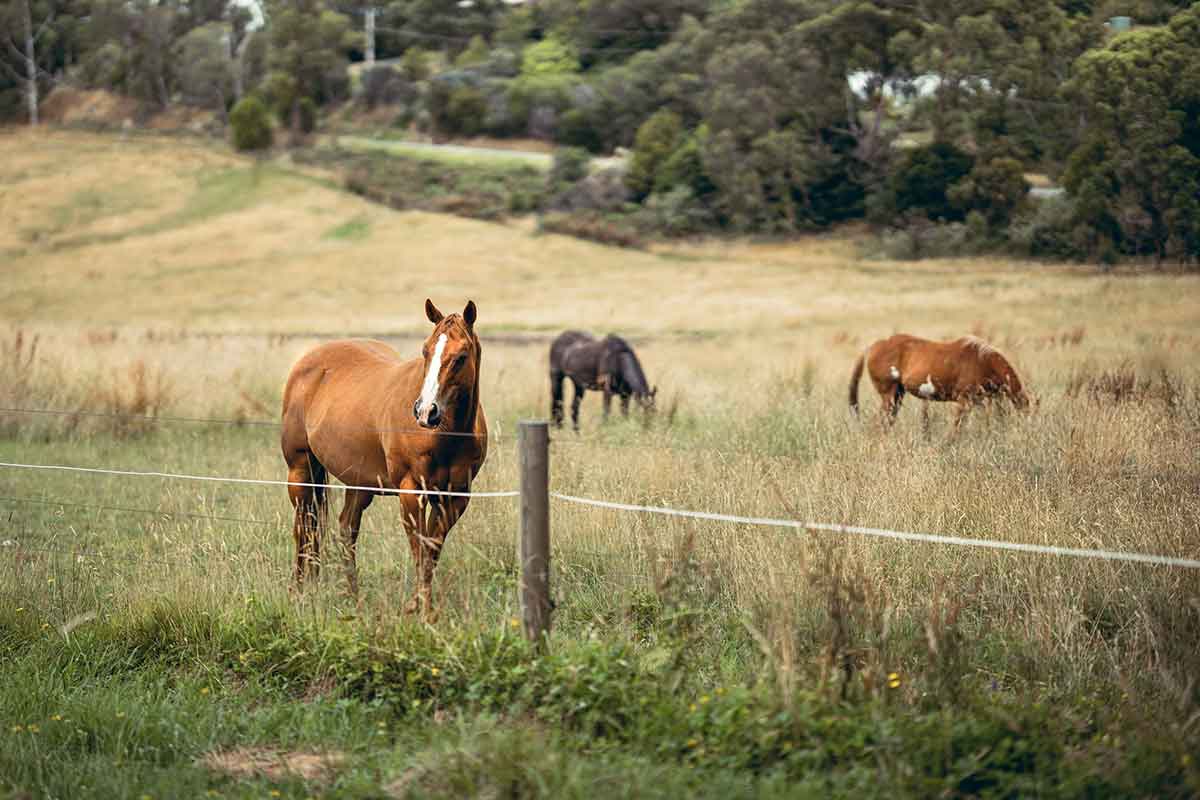Excuses to get out and about on your tractor or quad this spring
The use of chain harrows may date back to the middle ages, but it still has a place in modern cultivation and grass care.
If you have a small or compact tractor you have the alternative to upgrade to a mounted chain harrow where the bed sits within frame. This will have a 3 point hitch to allow for the harrow to be lifted into position and this avoids any dragging when moving from A to B. Some mounted harrows are also folding which is handy for any tight spaces or narrow gateways between paddocks and also saves space when stored in the barn over winter.
For versatility when used around smallholdings or estates your best choice is a harrow bed with 3 Way Tines. When the tines are down this creates an aggressive harrow, when pulled in the opposite direction a slightly less vigorous action, finally the mat upturns for a light harrow.
Harrowing Style: Aggressive *** Less vigorous ** Light *
1) Aerating Soil ***
Getting good grass growth in paddocks can be as simple as a quick harrow. This means water can easily drain and gain access to the roots which is perfect for dense and compacted soil which doesn’t generally drain very well.
2) Removing Moss & Weeds ***
This is a quick and simple way to remove any unwanted and unruly weeds from paddocks. Harrows are also handy for ripping out any moss using the aggressive action of the tines.
3) Levelling Soil (& Sand) *
Don’t those pesky mole hills seem to pop up everywhere? Luckily with a chain harrow it is very simple to run over these areas quickly and remove any lumps or bumps in the fields. Equestrian owners will also be pleased to know that harrows can also be used to level out sand schools or arenas.
4) Breaking Up & Spreading Manure **
Loosening heavy clods of soil and can break down any surface crusting. Harrows also made light work of spreading out any manure piles in paddocks.
5) Seedbed Raking *
After seeding the upturned harrows can be used to rake a loose layer of soil over freshly sown seeds to promote growth.








